Support OpenDurham.org
Preserve Durham's History with a Donation to Open Durham Today!
OpenDurham.org is dedicated to preserving and sharing the rich history of our community. Run by our parent nonprofit, Preservation Durham, the site requires routine maintenance and upgrades. We do not ask for support often (and you can check the box to "hide this message" in the future), but today, we're asking you to chip in with a donation toward annual maintenance of the site. Your support allows us to maintain this valuable resource, expand our archives, and keep the history of Durham accessible to everyone.
Every contribution, big or small, makes a difference and makes you a member of Preservation Durham. Help us keep Durham's history alive for future generations.


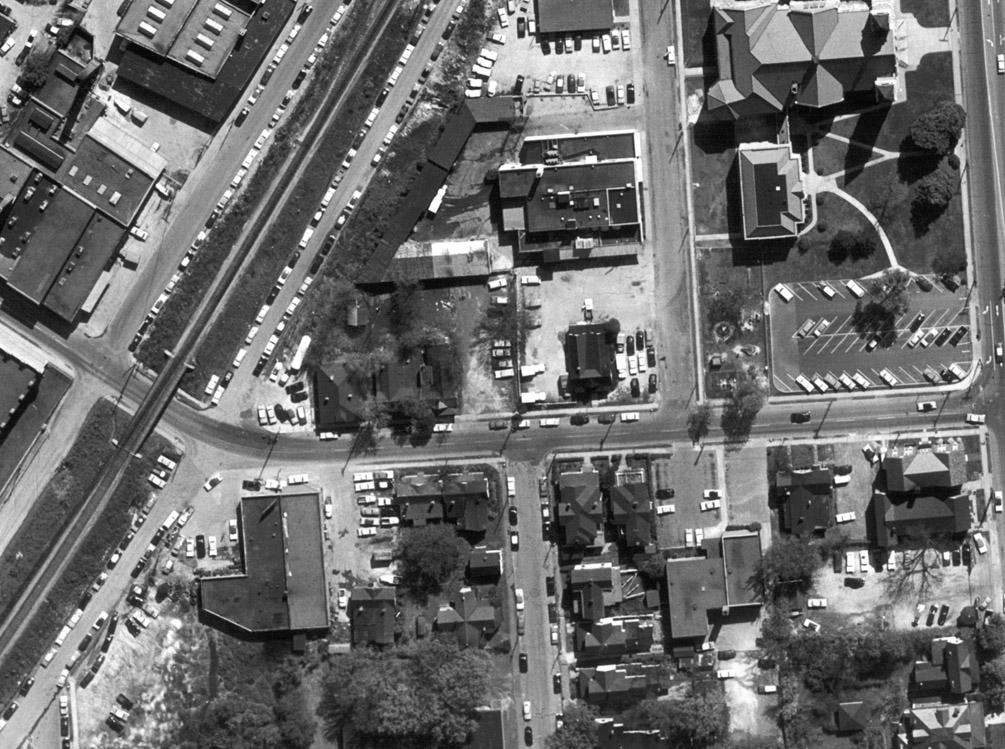
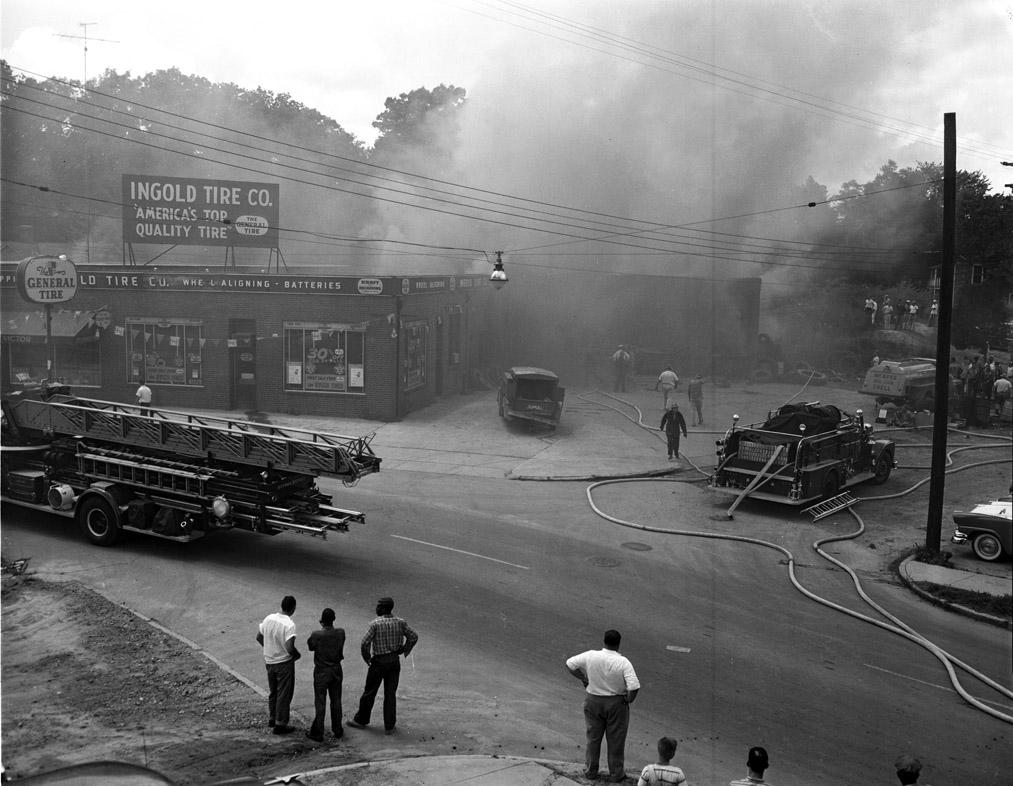
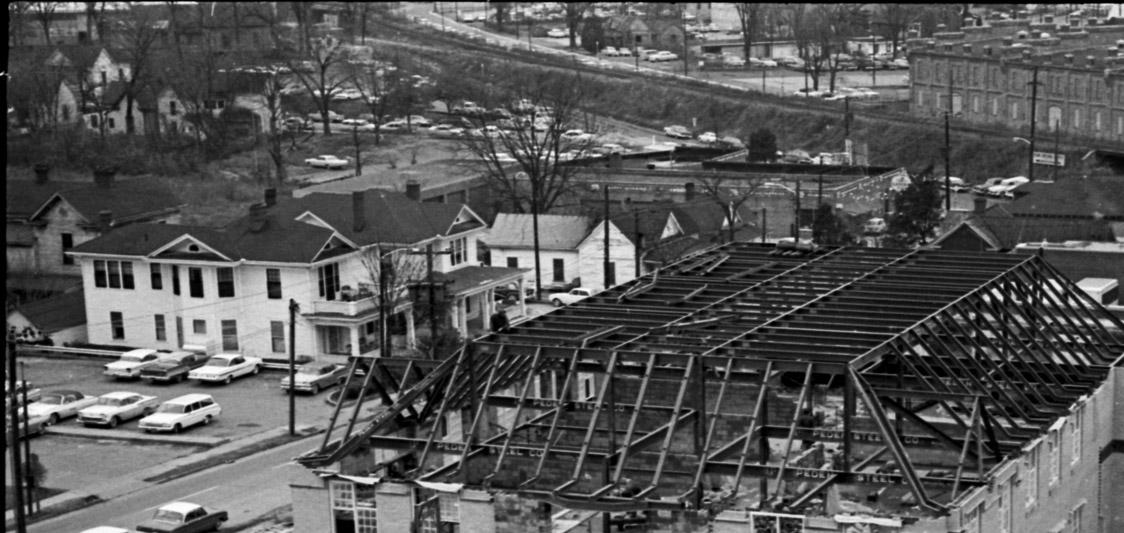

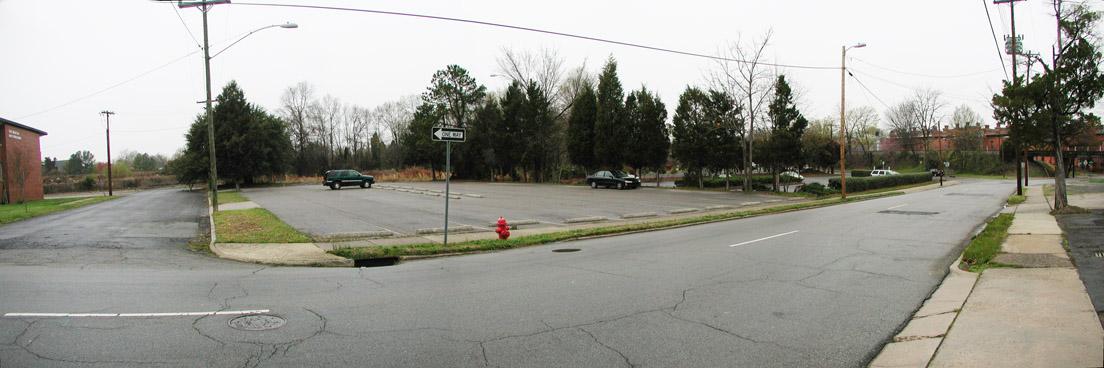
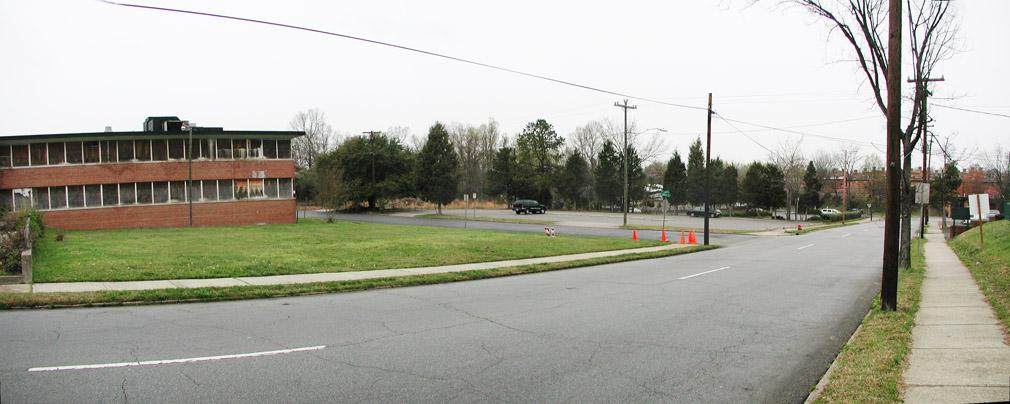
Comments
Submitted by Jeremy T (not verified) on Mon, 3/31/2008 - 12:40am
The church is such an oddity in this depressing little area, being still in use AND remaining in good condition. With Fields (and, even worse, Sturdivant) owning the surrounding land, it seems unlikely anything will change for the better.
I live on Burch avenue, and for some reason I find the tiny little remnant of Burch especially disheartening.
Submitted by Anonymous (not verified) on Mon, 3/31/2008 - 12:09pm
I am a member of Duke Memorial Methodist Church. A couple reasons we have been able to remain vibrant in this downtrodden area... we have a vigorous weekday school and mothers day out program, we have traditionally had a fairly wealthy congregation, but perhaps most importantly we have an endowment from the Duke family that is restricted to upkeep of the buildings and grounds. Until recently it covered most of our building related expenses, it does not now, however.
On another note I can remember as a child coming to the Medical Arts Building on Burch Avenue, and remember too the large frame house on the corner of Burch and Gregson in the el of the expanded building. The house hung on a long time and was the last one in the area for many, many years. nothing has ever been built on the now grassy corner in over 30 years.
DTD
Submitted by Anonymous (not verified) on Mon, 3/31/2008 - 12:44pm
A bit off topic, but I was looking back at your old "guest cities" blog. I was reading about Greensboro. You guys seem to be all about prasing it.
However, don't you feel like it's just like a team getting a new ballpark? It's all shiny and new, but it will slowly fade away. The new downtown seems much quite Disny-fied (like American Tobacco).
From what I've heard, the dowtown is getting a shit ton of money and leaving very little for the rest of the city. Sounds familiar...
Allen
Submitted by Anonymous (not verified) on Mon, 3/31/2008 - 12:50pm
Oh, and thanks for doing another piece on the lost parts of Burch Ave. I was wondering how the area looked before the freeway it down. I would see them and think "GAH! it would have been so much easier to go downtown!"
-Allen
Submitted by Donald (not verified) on Mon, 1/11/2010 - 9:35pm
It makes me sad to see the old medical arts building go to wrack and ruin. My childhood peditrician's office (Dr. London) was in that building. I remember a large fish tank in the waiting room which was an endless source of fascination as I waited for check-ups and shots.
Submitted by Andrew Edmonds. (not verified) on Sun, 1/29/2012 - 9:09pm
208 South Gregson, the second house in from the Burch Avenue/Gregson Street intersection in that 1964 photograph, was occupied by Thomas F Andrews in 1932. He was a grocer who worked at 2820 Angier Avenue. I only mention it because that building still exists, but may not soon. It's an attractive structure that's been recently boarded up.
Add new comment
Log in or register to post comments.